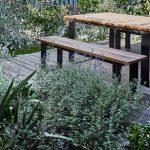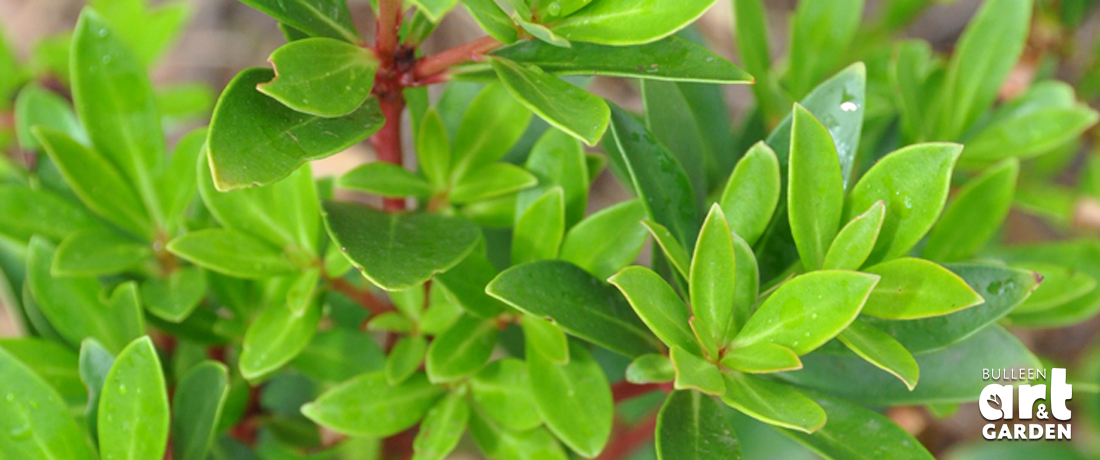
The soil is warming, and plants are loving it. Enjoy spring with its blossoms and fresh new leaves, and go out and get your hands dirty. The nursery is now fully stocked with plants for every situation, and as far as months go, they don’t come much more ideal than October for getting into the garden.
Edible Gardening
October is the month to plant many of those summer vegetable crops that require warmth. Make sure you replenish the soil fertility by digging in plenty of organic matter such as well-rotted mushroom compost, cow manure (which is gentle enough not to burn seedling roots) and best of all, your own homemade compost.
Vegies are gross feeders and the flavour and yield of your crop will depend upon the ability of your soil to freely provide nutrients and water as the plants grow. Liming is also something to consider as the calcium within lime is often required by fast-growing plants in their leaf margins and is useful for preventing blossom end rot in tomatoes.
So, when is the absolute best time? Warm season crops need soil temperatures to be at around 20oC to take off properly and this won’t happen until day temperatures are consistently above 20oC and night-time temperatures are no lower than 10oC, so there’s no chance of a late frost. Well known author Jackie French uses a bare buttocks test… if you can sit comfortably on your bare soil with your bare behind, then the soil is warm enough. Putting crops in too early in Melbourne doesn’t guarantee you an earlier crop unless you are an experienced gardener with a greenhouse.
Click here for a full list of herbs, fruit and vegies that can be planted in Melbourne this month.
If you are sowing seeds, they can be direct sown if the soil temperature is consistently around 20 degrees. If not, they are best raised in a tray or punnet, in a warm window or greenhouse, then hardened off in pots before transferring to the garden bed, once the soil has warmed up. Seeds require constant access to air, moisture, warmth and sunlight to germinate. This is best achieved by sowing them into seed raising mixture, then transplanting the seedlings into potting mixture containing food once they have 2 or 3 true leaves. Peas, corn, sunflowers, carrots are better direct sown.
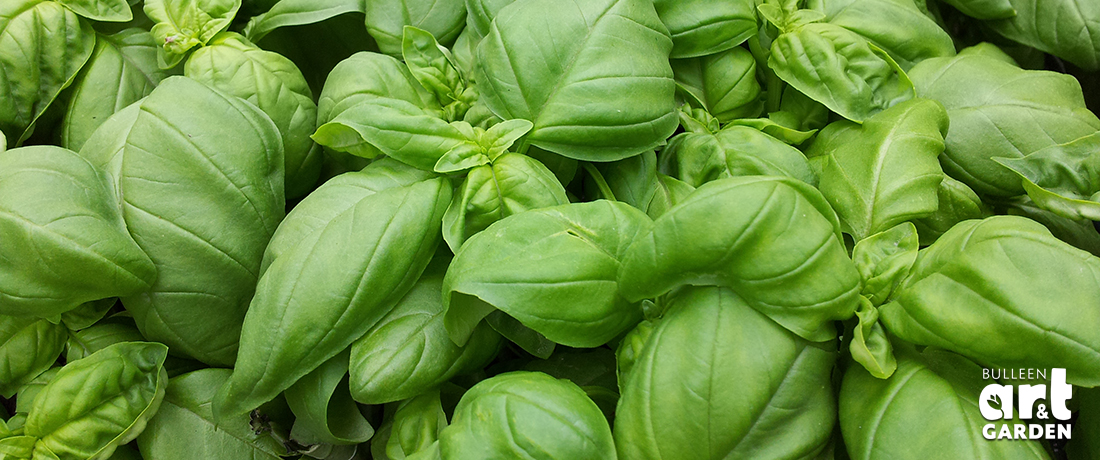
Now is also the ideal time to establish a herb garden. Decide which herbs you are likely to use so that you have them on hand. Group them together so that they enjoy similar conditions e.g. rosemary and thyme prefer hot, dry spots. Basil needs the heat but will need some watering.
Companion planting amongst vegetables can help to reduce pest problems later on in summer by attracting pest predators and pollinators and by simply confusing pests by the different shapes and smells. Include plants of alyssum, daisies, lavender, borage, bergamot, marigold, calendula, phacelia, coriander, parsnip, dill gone to flower, sage, thyme and mints (careful, they spread easily). You will find more detailed information at our companion planting fact sheet.
Spring clean your compost bin. Spread finished compost around plants and cover with mulch, or dig into vegie beds to prepare for summer crops. Even poor compost helps improve soil structure by introducing organic matter, which improves water retention. If your compost is smelly and slimy, you need some helpful tips to get it working effectively. Talk to one of our staff or click here for more information. If you are still uncertain, we do run a couple of composting classes throughout the year which you can book into.
Mulching helps reduce weeds as well as keeping valuable water where it is needed… in your soil. Recent research has shown that mulch containing mainly large pieces is much better at reducing evaporation from the soil, allowing water to penetrate and preventing weeds from germinating. Mulch should be laid thickly over moistened beds, so this is a good job to do on days following some good rain.
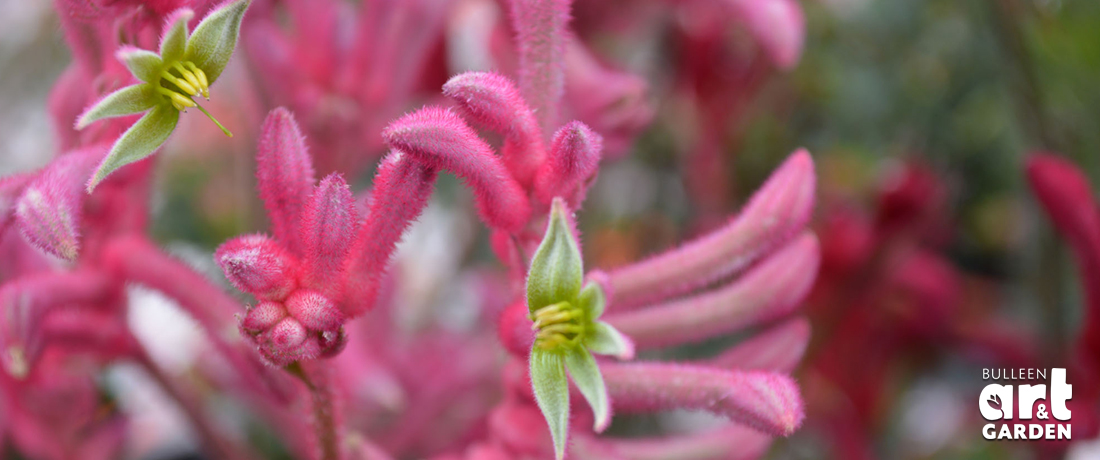
Gardening to Enjoy
This is the ideal month to plant many perennials, annuals and summer flowering shrubs. Gladioli, dahlias and other bare root summer flowering perennials may still be planted this month. Divide existing dahlia clumps. You can also plant seedlings of old favourites such as asters, delphiniums, foxgloves, impatiens, snapdragons, marigolds, cosmos, dianthus and petunias.
Divide and re-pot cymbidium orchids if needed. Re-pot other indoor plants if needed.
Peace Lilies: Spathiphyllums can be repotted in spring to a larger pot, and can even be divided, but the stress of dividing can affect the flowers, so ideally wait until summer when flowering is finished. (If your Spathiphyllum has been bought in the last year, sometimes they take an extra 6 months to re-flower. It is possible that they were treated with Gibberellic Acid to force them into flowering, and this often delays the subsequent flowering.)
Prune spring-flowering shrubs after they finish, including natives such as Philotheca.
Feed spring flowering bulbs after they have finished flowering with a complete bulb fertiliser or some blood’n’bone. If you leave spring bulbs in the ground during summer, mark where they are now that they are in full bloom. This will prevent you putting a spade through the bulbs in summer when there is no foliage to remind you of their location.
If you haven’t already done so, now is a good time to feed your whole garden with all purpose organic fertiliser. The granular forms last longer than the powder forms, so you only have to apply this once or twice during the growing season. The powder form is taken up more quickly and needs replenishing every 6-8 weeks or so. Always follow the directions on the fertiliser packet for each plant to ensure you are not overfeeding, which results in nitrate runoff into storm water drains that empty into natural waterways, polluting and killing the existing plants and animals.
Fertilise citrus and fruit trees and passionfruit vines with an organic Fruit & Citrus food. Give your roses, fuchsias and hydrangeas a boost with an all purpose plant food. Feed your azaleas, rhododendrons and camellias with Azalea & Camellia food once they have finished flowering. Don’t forget to mulch after feeding. Liquid feed spring flowering annuals every two weeks.
Make a liquid manure to use in your ornamental and vegie garden. Fill a sack or an old stocking with sheep or cow manure. You can even use finished compost. Hang the manure bag in a large bucket or drum of water for a few weeks. It is ready to use when it is a rich brown colour. Dilute to the colour of tea and feed your seedlings.
Aphids and General Pest Control
Now that spring is here keep a close eye out for aphids on soft, young growth. Numbers can increase rapidly if left undetected. At the nursery we are leaving them alone for now, waiting for a buildup a natural predators. We have done this for the last few years and now don’t spray at all. Read our Beneficial Bugs fact sheet for more information, it includes where you can buy them. If pests are a problem, and you want to investigate a safe and balanced way of management, our Garden Pest Control fact sheet goes a bit deeper into the hows and whys of balanced pest control.
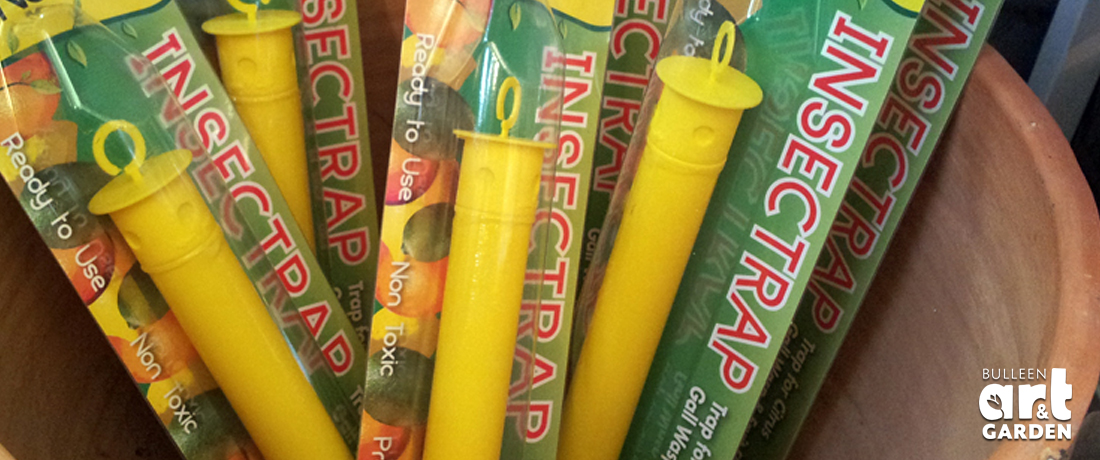
Citrus trees can be affected by citrus gall wasp at this time of year. This small wasp lays its eggs in soft stems in spring. The larvae then tunnel through the stem forming a lumpy looking growth. Cut off any stems with galls and burn them immediately. There is no chemical control. However there is now a new organically rated product called Overhaul which has proven very successful in trials in the Riverina and Sunraysia regions. You can also try using sticky traps to trap adult wasps as they fly about the tree. Scale and Citrus Leaf Miner are also commonly found on citrus in spring. Scale look like smooth lumps on stems and leaves, usually congregating around the mid vein and may be of various colours including black, brown and pale yellow. Citrus Leaf Miner leave squiggly silvery trails on the leaf surface and the leaves will often curl up on the edges. Both these pest problems may be controlled by spraying with White Oil. This smothers the insects, so be sure to cover both sides of the leaf.
Gardening for Kids
Lots of containers make quirky and interesting pots to grow plants in. Make sure they have some holes, enough space for a couple of handfuls of potting mix and many small plants will be quite happy. Use containers such as old, chipped teacups or cut a punctured basketball in half. You could even use a pair of old sneakers that leak through the bottom! Fill the shoe with potting mix and plant some seedlings, or take a cutting of an easy-to-grow plant such as pelargonium and grow it in the shoe.
Christmas is coming…
Forward plan for Christmas. It may seem like months away, but many will appreciate a thoughtful gift from the garden. Pot up a planter with some seedlings that will look great by December 25th. Herbs are always appreciated and some vegies also do well in pots.


